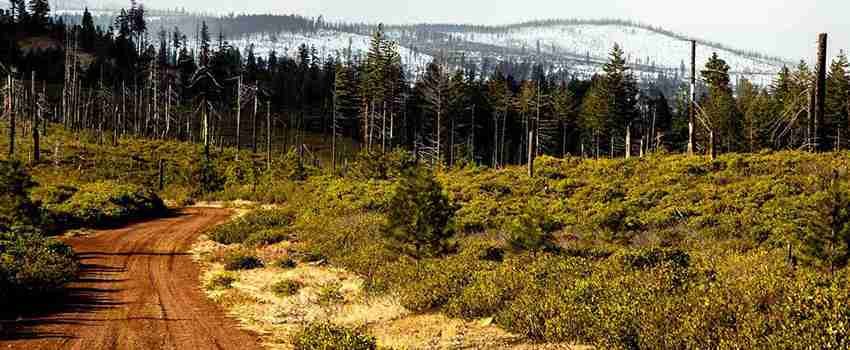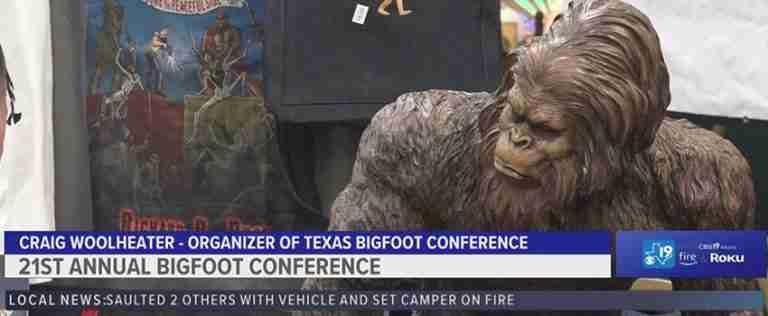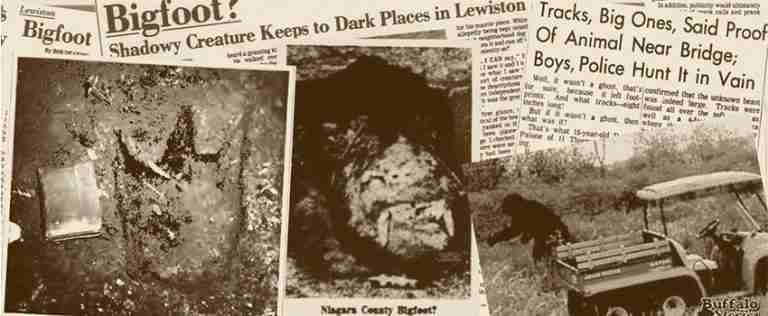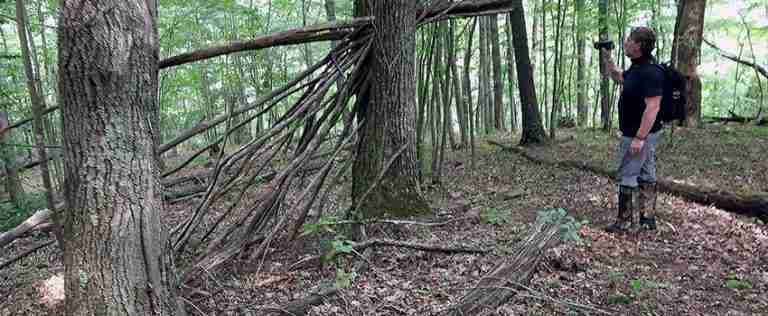Bigfoot and Environmental Conservation

Bigfoot, also known as Sasquatch, is a legendary ape-like creature that is said to inhabit forests, particularly in the Pacific Northwest region of the United States and Canada. The enduring mystery surrounding Bigfoot’s existence has captivated the public for decades, with many people claiming to have seen or encountered the creature in the wild. Despite the lack of concrete evidence, the legend of Bigfoot continues to endure and has even spawned numerous documentaries, books, and movies.
One purpose of this article might be to explore the role of Bigfoot in environmental conservation. Some people believe that Bigfoot represents an important part of the natural world and that its existence serves as a reminder of the importance of preserving wilderness areas. Others argue that the legend of Bigfoot is simply a product of folklore and that there is no scientific basis for its existence.
Another purpose of this article might be to examine the various theories about Bigfoot’s relationship to the wilderness. Some people believe that Bigfoot is a type of primate that has evolved to adapt to its forest habitat, while others believe that it is a supernatural being with powers and abilities beyond those of ordinary animals. Some theories even suggest that Bigfoot may be a type of extraterrestrial being that has landed on Earth and taken up residence in the forests.
Regardless of the truth behind the legend, it is clear that Bigfoot continues to fascinate and intrigue people around the world. The enduring mystery surrounding the creature’s existence is likely to continue for years to come, as people continue to search for answers and seek out evidence of its existence in the wild.
Bigfoot Sightings In The Wilderness
Bigfoot sightings have been reported in various locations around the world, but the Pacific Northwest region of the United States and Canada is often considered to be a hotbed of Bigfoot activity. There have been numerous reports of Bigfoot sightings in this area, with people claiming to have seen the creature in the wild or to have encountered it while hiking or camping in the forest.
Many of these sightings involve brief glimpses of a large, ape-like creature that is often described as being covered in fur and standing upright on two legs. Some people claim to have seen Bigfoot at a distance, while others report having had close encounters with the creature. Some of these encounters have even been captured on film or video, although the quality of the footage is often poor and it is difficult to determine the authenticity of the footage.
Conducting research into Bigfoot sightings can be challenging due to the lack of concrete evidence and the difficulty of studying an unknown species in a remote and often hostile environment. Despite the many reports of Bigfoot sightings over the years, there has been no concrete scientific evidence of the creature’s existence, and many experts believe that the sightings are the result of misidentification, hoaxes, or the power of suggestion.
Some researchers have attempted to study Bigfoot sightings and gather evidence of the creature’s existence, but these efforts have been hampered by the lack of funding and the difficulty of conducting research in a remote and often inhospitable environment. Despite these challenges, some people remain convinced that Bigfoot is real and that it represents an important part of the natural world. Whether or not this is true remains a mystery, and the legend of Bigfoot is likely to endure for years to come.
The Role Of Bigfoot In Environmental Conservation
There are various theories about the role of Bigfoot in the ecosystem and how the creature may be connected to the health of the wilderness. Some people believe that Bigfoot is a type of primate that has evolved to adapt to its forest habitat and that its presence may be an indicator of the health of the ecosystem. Others argue that the legend of Bigfoot is simply a product of folklore and that there is no scientific basis for its existence.
Despite the lack of concrete evidence, some people believe that Bigfoot could potentially serve as an indicator species for the health of the environment. An indicator species is a species that is used to monitor the health of an ecosystem or to detect changes in the environment. The presence or absence of an indicator species can provide important information about the overall health of the ecosystem and may be used to identify areas that are in need of conservation or protection.
If Bigfoot were to be considered an indicator species, its habitat would be important for the health of the ecosystem. Preserving the habitat of an indicator species can help to protect the entire ecosystem and ensure that it remains healthy and balanced. This is why it is important to protect the habitat of all species, including those that may not be well-known or widely studied.
Ultimately, the role of Bigfoot in environmental conservation is a matter of debate and is likely to continue to be a topic of discussion for years to come. Regardless of whether or not the creature is real, the legend of Bigfoot serves as a reminder of the importance of preserving wilderness areas and the need to protect the natural world.
The Impact Of Bigfoot Sightings On Conservation Efforts
There is no doubt that Bigfoot sightings have had an impact on conservation efforts and have influenced public attitudes towards environmental issues. The legend of Bigfoot has captivated the public for decades, and many people are drawn to the mystery and intrigue surrounding the creature’s existence. This fascination has fueled a number of conservation efforts and has helped to raise awareness about the importance of preserving wilderness areas.
One way in which Bigfoot sightings have influenced conservation efforts is by serving as a rallying point for these efforts. The legend of Bigfoot has inspired people to get involved in conservation and to work towards protecting the creature’s habitat. This can be seen in the work of organizations and groups that are dedicated to researching and protecting Bigfoot and its habitat. These groups often use the legend of Bigfoot as a way to engage the public and to raise awareness about the importance of preserving wilderness areas.
Another way in which Bigfoot sightings have impacted conservation efforts is by influencing public attitudes towards environmental issues. Many people are drawn to the legend of Bigfoot because of its connection to the wilderness and the natural world. As a result, sightings of the creature can serve as a reminder of the importance of preserving wilderness areas and the need to protect the environment. This can help to create a greater sense of awareness and concern about environmental issues and can inspire people to take action to protect the natural world.
Overall, it is clear that Bigfoot sightings have had a significant impact on conservation efforts and have influenced public attitudes towards environmental issues. Whether or not the creature is real, the legend of Bigfoot serves as an important reminder of the need to preserve wilderness areas and the importance of protecting the natural world.
Conclusion: Bigfoot and Environmental Conservation
It is difficult to predict the future of Bigfoot research, as the field is not a mainstream area of scientific study and is often met with skepticism. However, it is possible that new discoveries in related fields, such as genetics and anthropology, could provide insights into the existence and potential role of Bigfoot in the ecosystem.
One potential avenue for future research is the analysis of DNA samples that have been claimed to be from Bigfoot. Some researchers have attempted to use DNA analysis to determine the origin and relationships of alleged Bigfoot samples, but these efforts have been met with controversy and criticism due to the lack of rigorous scientific standards and the possibility of contamination or fraud.
Another possibility is the use of advanced technologies, such as remote sensing and thermal imaging, to search for evidence of Bigfoot in the environment. These tools could potentially be used to identify the presence of large, unidentified primates in remote areas where sightings have been reported.
It is also important to consider the cultural and societal factors that shape the study of Bigfoot. Many people have a strong belief in the existence of the creature, and this belief can influence the way that research is conducted and interpreted. It will be important for future researchers to approach the topic with an open mind and a commitment to scientific rigor in order to advance our understanding of this elusive and enigmatic creature.






